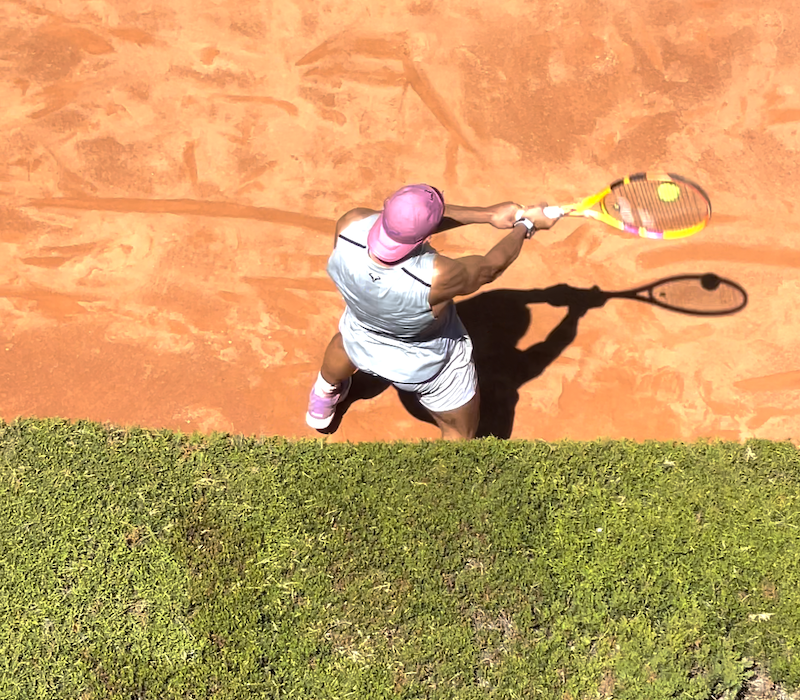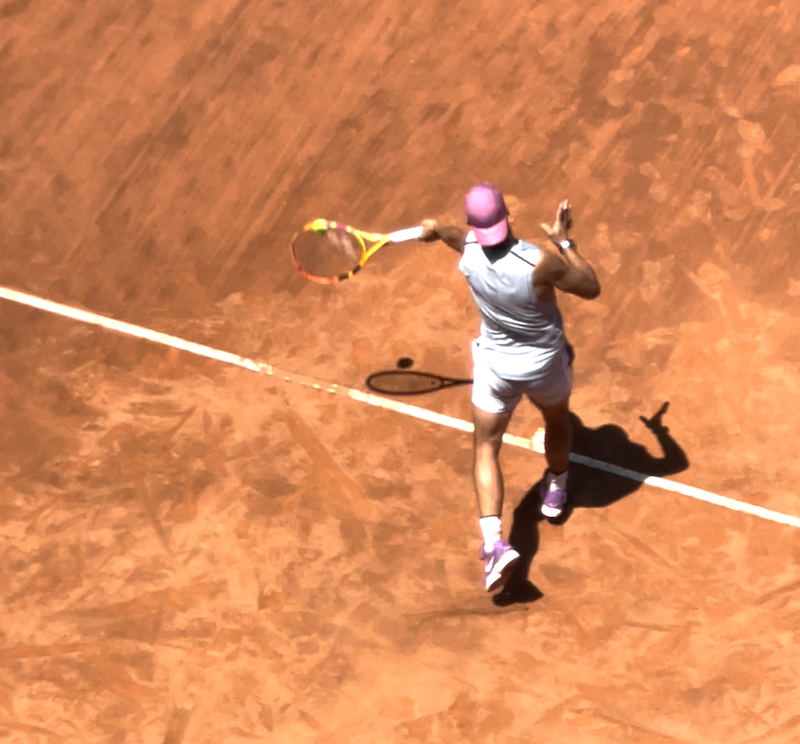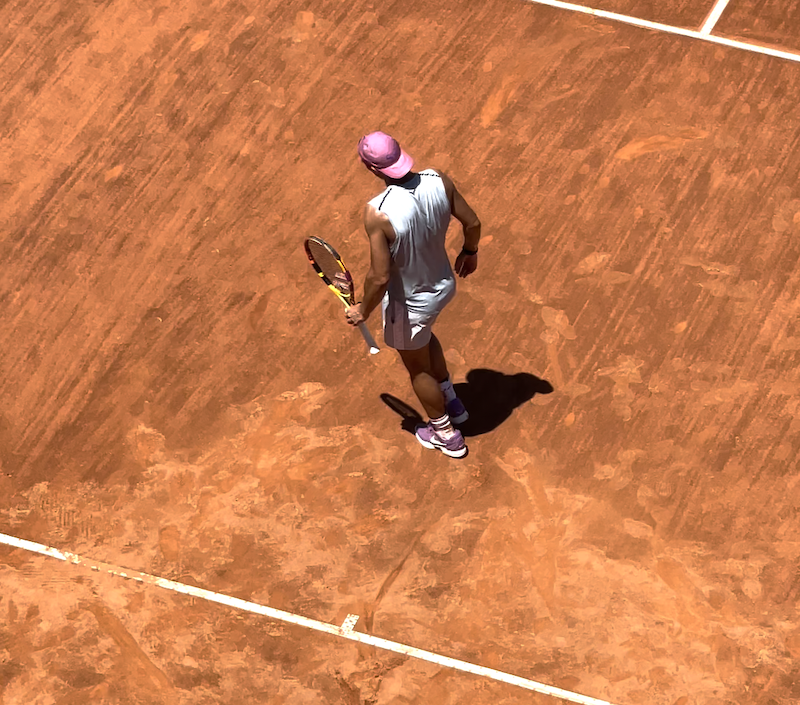G’day,
Thanks to Rafael Nadal, we are in the age of the ultra-deep returner.
Rafa started the revolution of standing wayyyy back near the back fence to return, and now other players such as Daniil Medvedev, Casper Ruud, and more are following suit.
What’s the benefit? Glad you asked!
The end game for Rafa to stand so far back is to simply put more returns in play. He is avoiding hitting a rushed return. He would prefer not to have to block fast serves. He wants the ball to slow down so that he can get a good look at it and put more in play.
In essence, he does not want to hit a return of serve in the traditional sense at all. He wants to hit a groundstroke from deep in the court.
But is there a downside to this strategy? Potentially yes.
- If the server serves and volleys, then it’s tough to pass from so deep.
- You are even further off the court if the server hits a wide slice or kick.
- If the server immediately hits a drop shot.
- If you have trouble getting the ball deep, the server will have an offensive Serve +1 groundstroke.
And here’s the key…
As you will see in the 18-second video below, Rafa immediately scurries up to the baseline to hit his Return +1 groundstroke. The key is not to be stuck deep. The key is to only be deep for the return and put a massive amount of those back in play, then get back up the court as quickly as possible.
Time To Level-Up Improve Your Return Game
Webinar 4: Return Strategy & Patterns
Webinar 38: Aggressive Returns
Webinar 17: Return +1 Strategy
Webinar 23 Point Score Strategy
Watch the video below (a few times) to see exactly how Rafa employs this masterful strategy.
2021 Rome – Rafael Nadal Return Practice
Let’s break it down.
The first thing to examine is Rafa’s return position.
Picture 1 – Return Point Of Contact

Could he get any deeper?
From basically returning in the hedges, Rafa has a hunger to get to the baseline as quickly as he can to attack with his forehand.
This begs the question…
If Rafa is going to hit his Return +1 groundstroke standing on the baseline, does it really matter where he stands to return serve?
Picture 2 – Return +1 Point Of Contact

Rafa gets the best of both worlds. He gets to hit groundstrokes as returns from deep in the court where he can make almost everyone, while opponents have no idea that they should be initially attacking his deep return position.
Picture 3 – Finish Of Point

Check out where Rafa’s momentum has taken him. He was on his way to the net to finish the point, but no need as his Return +1 forehand was dispatched for a winner.
Rafa’s Mental/Emotional Game Is So Strong. Let’s Improve Yours!
SUMMARY
Make no mistake about it, Rafa is temporarily vulnerable by standing so far back to return serve IF the server comes forward to serve and volley OR hits a good angle to start the point OR hits a Serve +1 dropshot. Every action has a reaction. The problem for Rafa’s opponents is that they overwhelmingly choose to let him get away with the deep return position, and Rafa makes a boatload of returns as a consequence.
Here’s the key for you at home. Standing deep can work really well to put more returns in play. Just remember that you need to high-tail it up to the baseline as quickly as you can (just like Rafa) to get a strong footing in the ensuing baseline rally.
Don’t return deep and stay deep.
Best,
Craig

